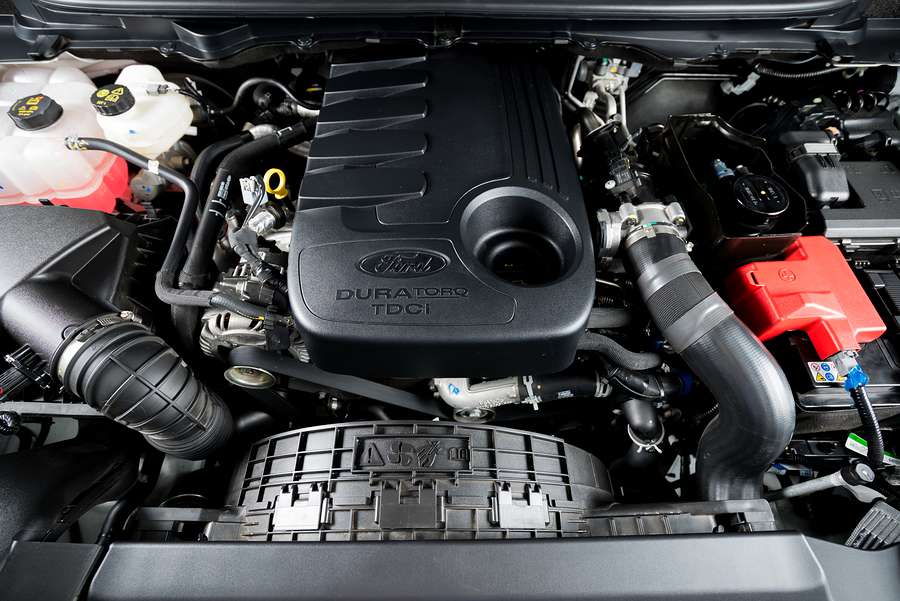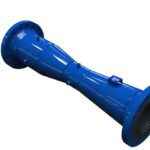Among many types of fuel, diesel is one of the most common types used for the running of engines. Diesel engines are similar to spark ignition engines with a few exceptions. This article will also explore other characteristics and functionality of the diesel engine injection system.

Functioning
● Diesel engines are similar to spark ignition engines in construction, as both have pistons, with piston rings, which move up and down in the engine cylinders.
● The primary ignition difference is that diesel engines use compression ignition to burn the fuel and no spark is required for this. Air is compressed in the cylinder making it really hot. Fuel that is injected into the combustion chamber reacts with this hot air causing it to ignite and burn. In a petrol engine, a spark (originating from the spark plug) causes an mini explosion that results in an exponential air/fuel reaction creating the primary force that many drivers have become all too familiar with.
● Both types of engines burn fuel in the combustion chambers located in the upper parts of the cylinders. The high pressure produced by the burning fuel pushes the pistons down causing the
● crankshaft to rotate. The rotary motion is transmitted through shaft and gears and eventually to the drive wheels.
Fuel Injection Pumps
Inline Cam Operated:
● These types of pumps house a barrel and plunger assembly for each cylinder. A tube or an injection line connects each barrel and plunger assembly to an injection nozzle. During the compression stroke, fuel is forced through the tube to the injection nozzle in the cylinder when the piston is reaching top dead centre.The fuel sprays out and is ignited from the heat of compression. The amount of fuel can vary depending on the type of plunger used.
Rotary Distribution:
● The rotary distribution pump has a rotor that sends fuel to the injection nozzles in the engine cylinders as it rotates. The pump is driven by a pair of bevel gears. As the rotor turns, high pressure fuel is sent to the injection nozzles in the engine firing order.
Distribution Pump
● The distribution pump controls the timing and the amount of fuel injected. This is regulated by a governor. The setting of the governor is changed when the accelerator pedal is pressed by the driver. Automotive diesel engines use a mechanical, pneumatic or electronically controlled governor. These are all variable speed governors designed to control an engine which operating at different speeds.
Turbo Charged Engines
● In turbo charged engines, the governor is connected by a tube to the intake manifold. This allows the governor to match fuel delivery with the amount of air in the intake manifold. Fuel ratios can range from 100:1 at idle speed to 20:1 at full throttle. The governor keeps the air fuel ratio within these limits. An air fuel ratio richer than 20:1 produces unacceptable smoke in the exhaust.
Conclusion
● Advancements in diesel engine technology are paving the way for the future of the automobile. Turbo diesel engines are becoming increasingly popular amidst the new range of production vehicles. Government agencies worldwide are also working closely with vehicle manufacturing plants to ensure a minimum carbon footprint going foreward. Emission standards, global warming and the rapid decline of the earth’s ozone layer are a few of the major future challenges facing car manufacturing plants. Ideally, they should be aiming at creating automobiles that are efficient yet powerful for one end of the market and thirsty yet economically friendly for the other end. They should also bear in mind the low power output inherently derived from diesel engines yet the comparitive toque that diesel engines offer. By improving on the former whilst continuously tweaking the latter, diesel engines could prove to be a strong contender in the race for the end user market.


